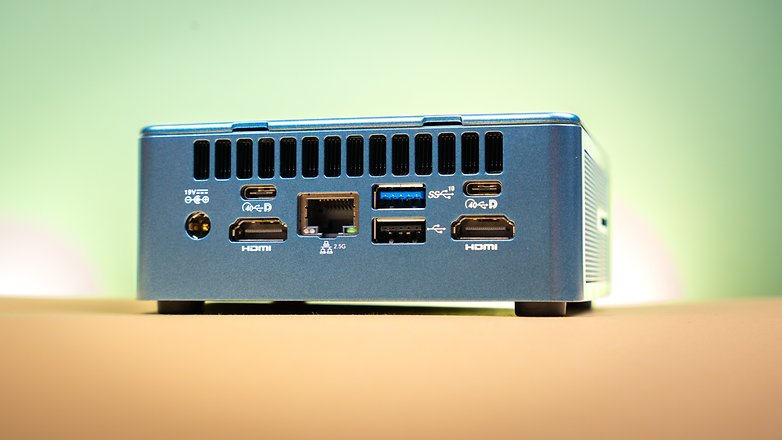
The dynamics in connection technology continue to reach new heights with the imminent introduction of USB4 2.0. Elecom cables already provide us with exciting information about the upcoming standard’s specifications, which boasts an impressive bandwidth of 80 GB/s for data transfer and can supply notebooks with 60 W of juice simultaneously. If we were to focus on the charging function, it is even possible to hit 240 W. Let’s dive deeper and explore the technical nitty-gritty of this upcoming standard.
The bandwidth revolution
USB4 is already considered the fastest standard to connect peripheral devices, with a maximum bandwidth of 40 GB/s. This impressive speed will soon be surpassed by USB4 2.0 by doubling it to 80 GB/s.
Not only will this make data transfer between devices faster and more efficient, but it will also be particularly important for gamers and content creators, as high-quality graphics cards can seamlessly connect to laptops.
Maximum charging power
However, the new specification doesn’t just give us hope for faster data transfers. With USB4 2.0, we can also charge our devices up to 60 watts, which is a noticeable improvement compared to previous standards. It gets even more exciting when we simply switch off the data transfer function.
It allows us to charge notebooks and mini PCs at lightning speeds of up to 240 watts, meaning the days of lugging around a dedicated laptop power brick will become increasingly rare, even for mid-range or entry-level models.

Impressive visual quality
Another plus point is the improved image transfer via the upcoming standard. USB4 2.0 supports the DisplayPort protocol, allowing 8K content output at 60 Hz on compatible displays. Even though there are currently only a few monitors and projectors that support this resolution, we are sure that this will become the norm soon.
Technical challenges: PCIe 5.0 is the key
However, as with every major advance, there are challenges to consider. The USB controller must be connected to the computer using the PCIe 5.0 x4 interface. While this technology is already available in some gaming motherboards, most notebooks still rely on the older PCI 4.0 interface.
It remains to be seen when we will see the new standard appear in mainstream laptops, but preparations are already underway and we can look forward to future developments positively.
A rose by any other name…
One hotly debated topic is the name of the new standard, which goes by the moniker USB4 2.0. Although the USB Implementers Forum (USB-IF) has not yet officially confirmed this name, it did emerge during the announcement of the specifications.
The complexity that arises when it comes to naming is frustrating; the distinction between different standards, such as USB 3.1 Gen 2 and USB 3.2 Gen 2, remains ambiguous. A standardized naming system, perhaps in the form of USB 4.1, could provide clarity and significantly improve user-friendliness.
Overall, the development of the USB4 2.0 standard shows us how the future of data transfer and power supply continues to grow from strength to strength. The increased bandwidth, impressive charging capabilities, and the focus on excellent image transfer are just some aspects that await us.
Are you ready for the next generation of connectivity technology?






